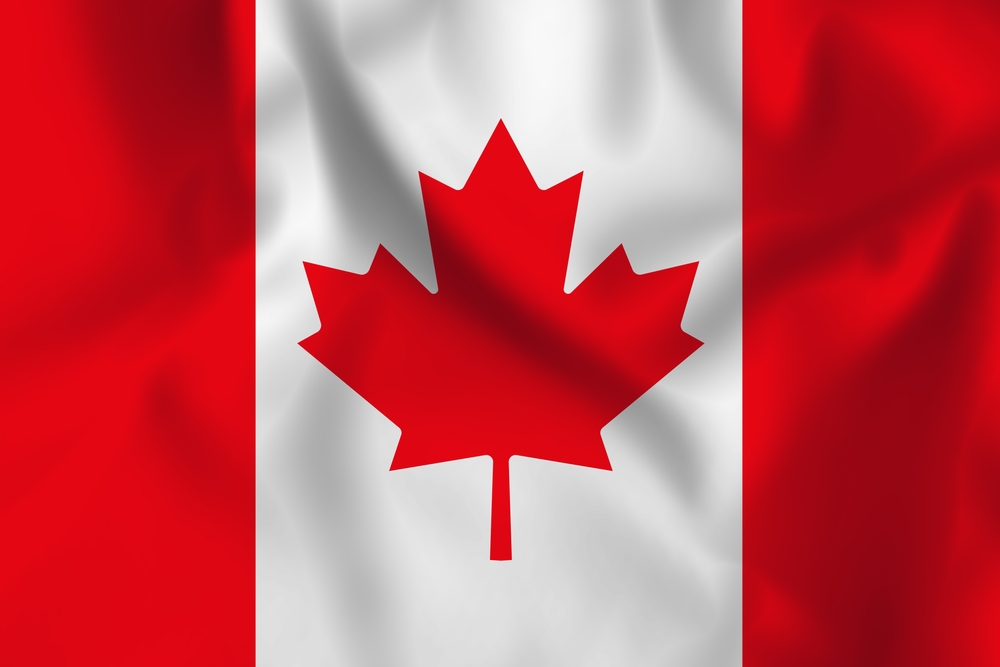
Image Credit: Shutterstock
When we talk about iGaming in Canada, we’re not just talking about one ‘whole’. By that, we mean there isn’t a single set of rules that threads throughout every province. On the contrary, each province has its own rules, authorities, and licensing frameworks, meaning what’s legal and how it operates can vary dramatically depending on where you are.
This is important to know if you’re a regular bettor. What might be fully legal and widely available in one province could be restricted or unavailable in another, so it’s crucial to understand the differences and how they might affect your gaming experiences.
What’s also important to know, however, is how each province can feed into the other – creating a collective blueprint for Canada’s iGaming landscape. And that’s something we’re going to talk about below.
A Brief Intro to Provincial vs National Regulation in iGaming
Before we get into it, let’s begin by explaining the difference between provincial and national regulation in iGaming. Canada’s iGaming landscape is primarily provincially regulated, even though federal law provides the overarching framework. In other words, there isn’t a single ‘Canada-wide’ system for online gambling, but a framework that allows each province to license its operators and enforce responsible gaming measures within its borders.
If it were nationally regulated, that would mean that all online gambling rules, licensing requirements, and player protections would be set by a single federal authority, creating a uniform system across the country. Every operator would follow the same regulations, and the gaming measures would be identical no matter which province a player was in. Instead, Canada uses a provincial regulatory model, which allows each province to tailor iGaming rules specifically to local priorities.
The Main Lesson for Quebec and Alberta from Ontario’s iGaming Growth
That being said, some provinces do borrow ideas from others. In Quebec and Alberta, for instance, emerging reforms are showing clear influence from Ontario’s pioneering iGaming model, which has been experiencing strong gains in the last few years.
Ontario’s approach – which separates the roles of regulator and market manager – has proven highly effective, with the AGCO setting strict regulatory standards, while iGO handles the day-to-day management of licensed private operators.
Alberta is now adopting a similar structure through Bill 48, creating the Alberta iGaming Corporation to manage licensed operators while the AGLC continues to oversee regulatory compliance.
Quebec, meanwhile, continues to operate under a state-controlled monopoly via Loto-Quebec’s Espacejeux platform. Having seen its online gambling revenue surge in recent years, however, there is growing interest in adopting some of Ontario’s practices, particularly in areas like responsible gaming measures and self-exclusion programs.
By looking to other provinces that are really flourishing, of course, regions are being given the blueprints to modernize and strengthen their own iGaming offerings, and this is something we’ll see happen as time moves forward and Ontario, specifically, continues to be an iGaming powerhouse.
Can Alberta and Ontario Learn from Quebec’s iGaming Industry’s Resilience?
Similarly, there are lessons to be learned from Quebec’s iGaming industry’s resilience. Despite operating under that monopoly we just mentioned, Loto-Quebec has built a robust and stable online gambling ecosystem that continues to generate reliable revenue – something which other provinces might find surprising given its more restrictive market.
In fact, according to Casino.ca – which lists and compares the best online casinos in Quebec – Loto-Quebec is reporting YoY revenue growth of more than 11% for the first quarter of the current fiscal year, proving how the industry is capable of strong growth even under a Crown corporation.
So what can be learned from this? For Alberta and Ontario, Quebec’s example demonstrates that resilience in iGaming comes from a careful balance of control, player protection, and adaptability. Sure, building an iGaming market under a single government-run platform might seem restrictive, but on the contrary, it provides a stable foundation for growth – something which can easily be lost if multiple operators compete without strong oversight.
Are Quebec and Ontario the Best Case Studies for Alberta?
For Alberta, specifically, cues can be taken from both Quebec and Ontario as it prepares to open its market to private operators under Bill 48. Both provinces are vastly different, and yet they hold two critical keys that can be valuable if balanced correctly.
In terms of Quebec, the lesson lies in its stable platform, which demonstrates how centralized control and strict oversight can still generate consistent revenue while maintaining player protections.
Ontario has that control, too; there’s no doubt about that. But it’s more flexible. In terms of this province, then, the real lesson is the value of competition and diversity among licensed private operators, which drives innovation and higher player adoption.
Essentially, Ontario’s model shows how a regulated, open-market system can flourish while maintaining strong oversight, while Quebec’s model demonstrates how a closed, centralized regulation system can create long-term sustainability. They might seem vastly different on the surface, but if you marry them together, there is the opportunity to create the perfect hybrid hub.
Through using Quebec’s disciplined oversight and then merging it with Ontario’s competitive operator environment, it’s possible to create a market that is both dynamic and stable. This, again, proves how, although each province in Canada is different, they can still borrow lessons from each other to form a cohesive iGaming ecosystem.




















